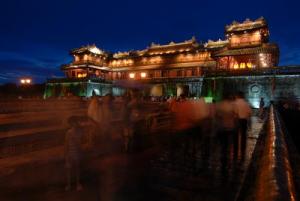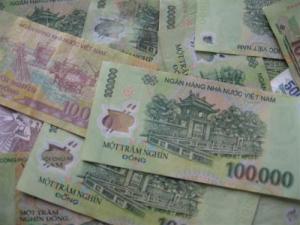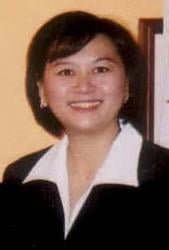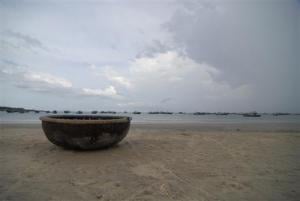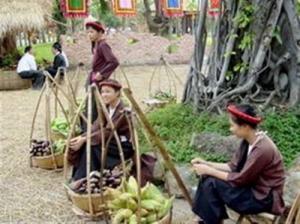The Skillful Hand and the Brilliant Mind Behind Hanoi Opera House
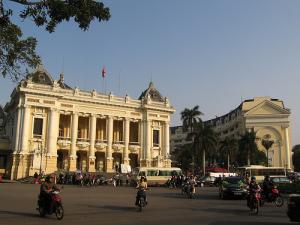
Should not be for a man named Ho Thieu Tri, the magnificent French architectural monument in Vietnam’s capital, the known Hanoi Opera House, would be standing as beautifully as it is today. Eleven years in the making(1901-1911), the Hanoi Opera House is recognized as among the greatest constructions by the French Colonialist Government during the early years of the 20th century. Having stood for so many decades, the place has seen many significant historical events associated to the August Revolution and the early years of Vietnam Democratic Republic. With a colonial French façade adorned with pillars and balconies overlooking the city center, the structure is a magnificent view in itself. But along with the passing years, several parts of the building began to deteriorate. Still holding an enormous classical work of art, the structure’s walls was covered in moss while its roofing started to give way. In 1994, a group of architects were tasked to restore and bring back the glory of the Hanoi Opera House. And that is when Ho Thieu Tri came in the picture. No, he wasn’t part of the team. At least not yet at that time. Tri was born in 1945 in Kien Giang Province and grew up in ${bigcity_Ho_Chi_Minh_City:”Saigon”}. He earned his degree in Saigon’s University of Architecture in 1974 before moving to France in 1979. After living and working abroad, the architect returned to Vietnam and visited the capital for the first time after a decade. It was in 1989 when he first set foot in ${bigcity_Hanoi:"Hanoi"}.
The capital being not that crowded that time as it is today, Tri became overwhelmed by the beauty of the old corners of the city. It was in Hanoi where he felt so close to home, something he never felt while in France. That was his first acquaintance with Hanoi. After completing a project in Shanghai in 1994, Tri went back to Hanoi instead of France and met fellow architect Nguyen Thanh Lan, who took him on a sightseeing tour of the entire city. It is that tour where Tri realized he was falling in love with the beautiful Hanoi. The first stop of his Hanoi tour easily concluded the spectacle of the city. He was first taken to the Hanoi Opera House. The unique and classic work of art overwhelmed the architect. His first impression of the structure was that it was like a small-scale replica of the Paris’s Garnier, the older of Paris’ two opera houses. After learning more about the history of the building, Tri was amazed to discover how it had stood there for 80 years during that time. It was after that visit when Tri was introduced to architect Hoang Dao Kinh, son of a known Hanoian scholar, Hoang Dao Thuy. During that time, Kinh was overseeing the project of restoring and improving the Hanoi Opera House. Kinh saw Tri’s potential and invited him to become part of the restoration team. For some reason, the invitation went unanswered. Tri went back to his daily routine and projects in France where he didn’t find much inspiration on. A timely fax from Kinh reminded Tri of the proposal for the Hanoi Opera House restoration project. Without hesitation, Tri cancelled all his projects and travelled to Aix-en-Provence to visit the Indochina Archives, 800 kilometers away from Paris.
There, Tri uncovered documents about the Hanoi Opera House and further discovered several documents on the money spent by the French to build the structure. He gathered several other materials which is relevant to put the building back into shape, and even more beautiful. His 2 months of research allowed him to collect everything he needs. He returned to Vietnam with a 50-kilogram luggage containing stone samples, colored curtains, mosaic bricks, gold laminae and tens of drawing panels to present to the people in charge of the restoration. Succeeding with the presentation, Tri played a huge role in the entire project. After two years of diligent labor and pure love for restoring the important historical landmark, the Hanoi Opera House was completely overhauled. Since then, it was open to people from all walks of life. Former French president, Jacques Chirac, visited the site in 2004 and was taken by the impressive job the restoration team had done. Foreigners and locals alike praised the remarkable work of Tri and his team. A structure built for ten years and stood through several decades has been restored so successfully in a very short time. Tri believes that apart from their skills, it’s their love for Hanoi that gave them the drive to bring the Opera House back to life. With its enormous architectural and historical value, the Hanoi Opera House served as a foundation in cultural exchange. The structure is not only an ancient architecture work - - - it has now become a national art work of international renown, which greatly contributed to Vietnam's modern cultural field.





